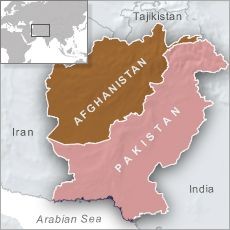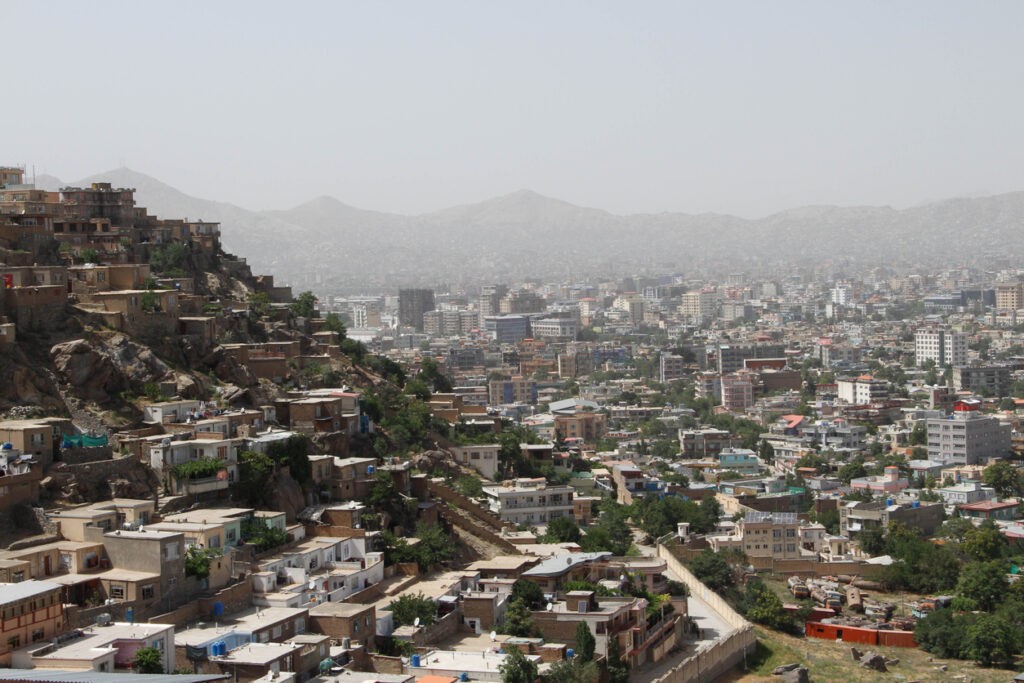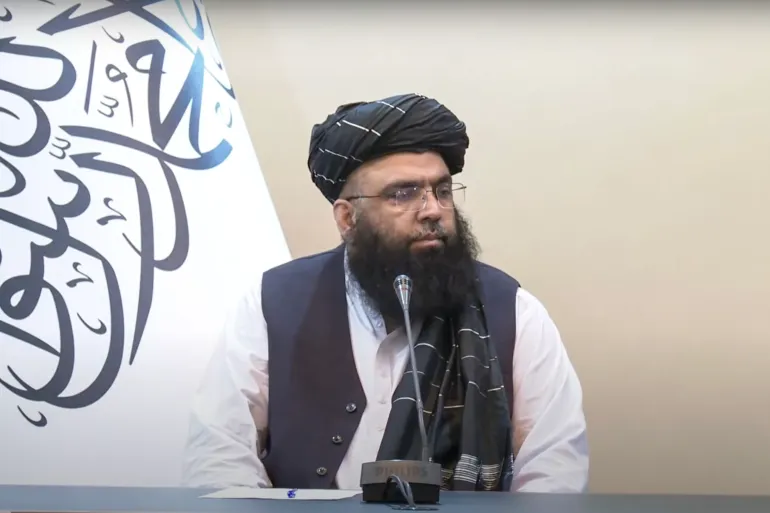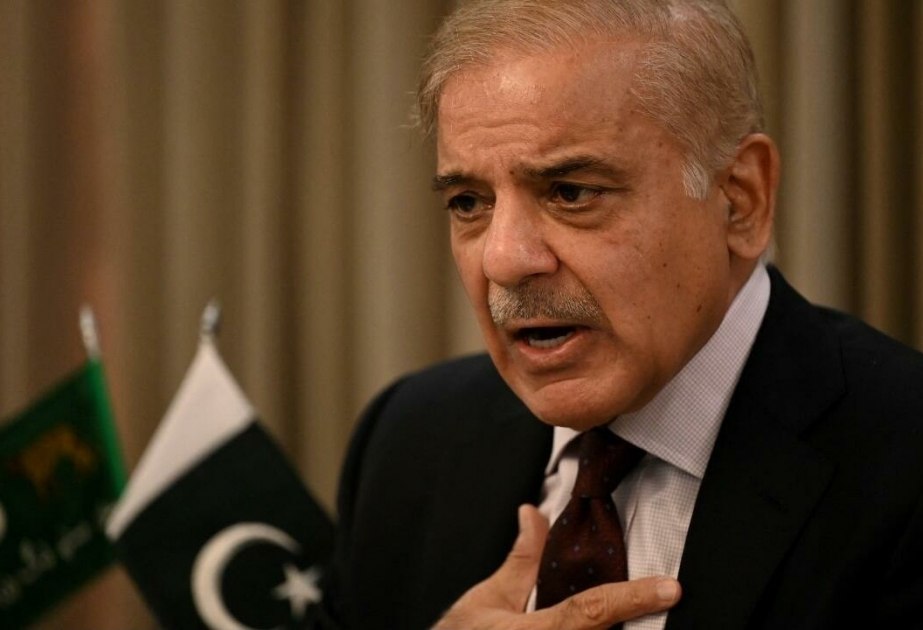BISHKEK (TCA) — The death of the Taliban leader Mullah Akhtar Mansour in a U.S. drone strike in Pakistan’s Balochistan Province on May 21 has put the Taliban movement back on a powder keg, also affecting the fragile peace process being negotiated between the Taliban and the Afghan government. Here below are excerpts from an analysis by Dr. Syed Adnan Ali Shah Bukhari and Dr. Sadia Sulaiman, originally published by The Jamestown Foundation, that assess the death of Mullah Mansour and its impact on the Taliban leadership:
Mansour – former deputy to Mullah Omar, the Taliban movement’s deceased head and founder – belonged to the Ishaqzai sub-tribe of the Durrani confederacy. He succeeded Omar in July 2015 in a controversial election that was disputed by some senior leaders, including Omar’s own family. His less than one year of reign saw the fictionalization of the Taliban movement, occasionally resulting in infighting that killed hundreds of Taliban fighters. While Mansour’s rule was fraught with challenges, his death has equally created a potentially explosive situation vis-à-vis the succession process within the movement.
Historically, nascent militant struggles within Pashtun society generally start off as a spontaneous reaction by a ragtag group, which, over time, brings out natural leadership within that group. Such a right for leadership is mainly earned through demonstrated acts that show the leader is able to deftly steer the group as an organized movement.
Succession processes within any Pashtun militant movement, however, have never been peaceful or unanimous. The Taliban movements in Pakistan and Afghanistan recently demonstrated this. In August 2009, the death of Baitullah Mahsud, founding emir of the Tehrik-e-Taliban Pakistan’s (TTP), precipitated an unraveling of the entire movement, which Baitullah had capably held together during his reign. Similarly, Mullah Omar earned unflinching reverence within the entire Taliban movement by leading it to victory in 1996 against the former jihadist leaders of the 1980s. Both leaders rose from humble origins, but they earned their right to lead through exhibiting superior skills and character. The deaths of both leaders caused intense and violent power struggles that subsequently fragmented their respective movements.
The full article is available at The Jamestown Foundation








